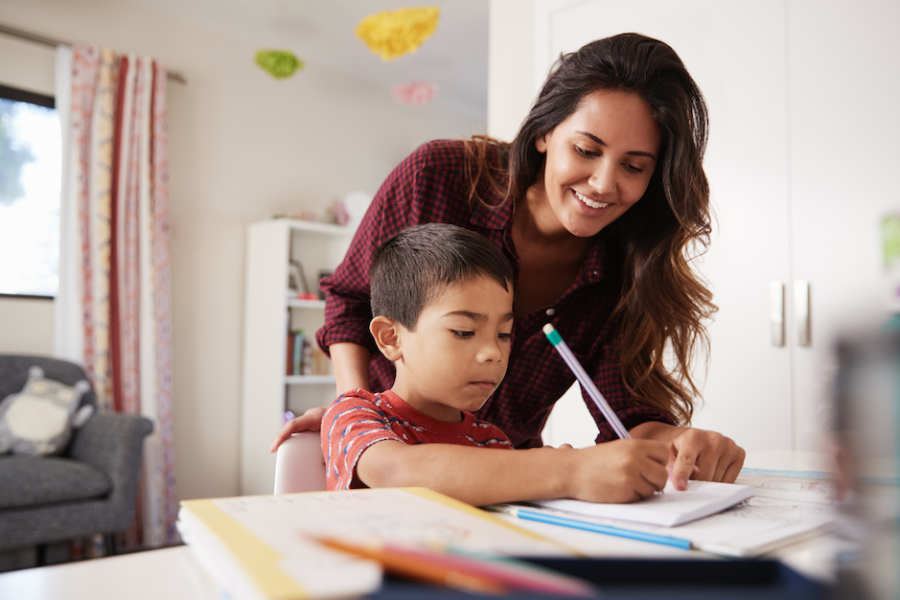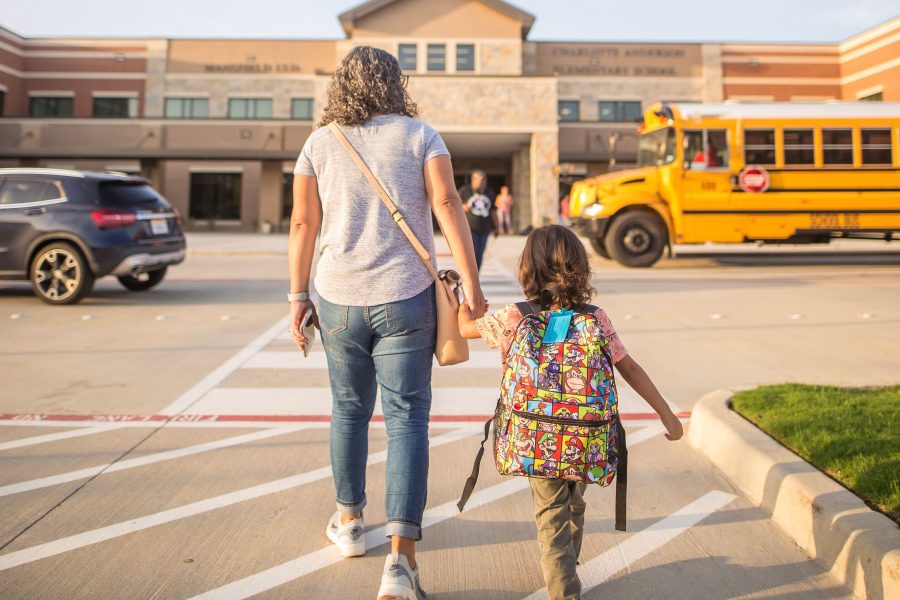That’s why it’s essential to promote it from an early age. Here are some tips to help your kids be more imaginative.

Tips to stimulate the imagination of your little ones
Imagination plays a crucial role in the development of our little ones. Developing primarily in the first seven years of life, it helps children to be more creative, to think better, to find solutions to their problems, to be more empathetic, to have fun, to overcome their difficulties and challenges. Emotional; in short, it helps them develop their cognitive and affective abilities. That’s why it’s essential to promote it from an early age. Here are some tips to help your kids be more imaginative.
Reading with or without images
Activity par excellence to develop the imagination of children, reading allows them to immerse themselves in another universe and forces them to use their imagination to invent worlds.
At a young age, pictorial books allow them to associate images with words and thus to make links in their minds. In older age, that is, once they have learned to read, reading without images encourages them to use their imaginations to visualize characters and situations. In addition to helping them be more inventive, reading has many other benefits for your little ones; it is, therefore, an activity to practice without moderation.
Creating stories
Like reading, creating stories is an excellent way to develop your children’s imagination. In fact, it is the activity par excellence to practice to develop their creativity. All you have to do is hand a pencil and a sheet of paper to your child and ask him to invent a story.
It is important to let one’s creativity express itself and not impose any limits on it. Censorship is the worst enemy of creativity. Remember that there is no wrong idea or stupid idea.
If necessary, you can accompany your child in writing his story; this will enable him to structure his thinking better and improve his writing and linguistic abilities.
The empty bubbles of comics
Another tip is to take a comic book whose bubbles are empty and ask your children to fill them. This fun little exercise will soon appeal to their creativity and imagination by forcing them to find relevant and logical content that can explain the illustrations contained in the bubbles.






